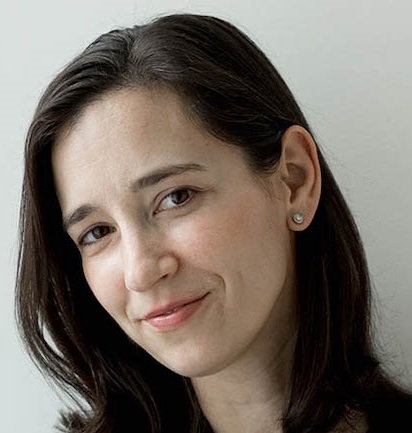Have you ever wondered how Supreme Court Justices came to have law clerks? (Are you wondering it now?) That story begins in 1882, when Justice Horace Gray joined the Court from the Massachusetts Supreme Judicial Court and brought with him a “legal secretary” to serve for one year. While Justice Gray originally paid out of pocket for his assistance, Congress began funding the position in 1886 (with a salary of $1,600 per year!). By the 1970s, Congress had increased the complement of clerks to four—a number that has remained constant. What has also remained constant is how desirable these positions are, with past clerks going on to top positions in the academy, bar, and the judiciary itself. (Of the current members of the Supreme Court, Chief Justice Roberts, Justice Kagan, Justice Gorsuch, Justice Kavanaugh, Justice Barrett, and Justice Jackson all served as law clerks).
Given how valuable these positions are, one may wonder who else has filled them. Where did they attend law school, and college before that? For whom did they clerk? Which of these factors seemed most relevant in ultimately being chosen to clerk on the Court? What occupations did they pursue following their time on First Street and how critical was the clerkship for their later success? (Again, if you were not wondering about these questions before, are you wondering now?). For as much as has been written about the Court and its Justices, little could be called a comprehensive analysis of the “world of Court clerks as an institution.” Enter court scholars Tracey E. George, Albert Yoon, and Mitu Gulati, with their insightful new article on the subject.
In different collaborations (and solo projects), George, Yoon, and Gulati have added to our collective understanding of the judiciary, on topics ranging from the career paths of magistrate judges to the role of chief circuit judges. They are an ideal team to examine what characteristics lead to success in Court clerk selection and success afterwards.
They begin their analysis with a dataset of 1,426 former clerks from 1980 through 2020. The first findings are key, descriptive ones. Males comprise 69 percent of Court clerks during their window; the gender disparity has (unsurprisingly) shrunk over time, although has not disappeared—the authors note that men made up nearly 60 percent of clerks in recent years. A similar story holds for ethnicity—87 percent of clerks were white, although that percentage, too, shows a “modest downward trend.”
The authors then turn their sights to past clerk experience—both educational and professional. Eighty-six percent of clerks went to a “top-14 school,” with Yale and Harvard doing most of the heavy-lifting here—forty-five percent of the clerks count one or the other as their legal alma mater. Statistics about clerkships with lower court judges show a comparable concentration. The top 10 percent of judges (by placement of clerks to the Court) sent 902 clerks—or 54 percent of the set–to one of the Justices. The top twenty-five percent of judges claim 75 percent of all clerks placed. (And as one notable datapoint, Justice Kavanaugh was the top “feeder” during the 2000s, sending 34 of his D.C. Circuit clerks to the Supreme Court.)
From here, Some Are More Equal Than Others takes a fascinating tact. Rather than focus on those who attained Supreme Court clerkships, the article seeks insight into the selection process by focusing on those who did not. They look at JD graduates of Harvard Law School from this same period—a total of 22,475 observations. What emerges is quite interesting, including surprising findings about the relevance of undergraduate education. Cum laude graduates of Harvard, Yale, or Princeton are nearly three times more likely to ultimately be chosen as Supreme Court clerks than cum laude graduates from 19 other selective schools. Magna cum laude graduates from Harvard, Yale or Princeton are selected at a 50 percent higher rate than magna cum laude graduates from these other institutions. In other words, it is not simply where one attended law school (and how one did there) that matters—where one attended college affects this larger selection process.
Finally, having analyzed who Supreme Court clerks are and how they got where they did, the authors look to where they went from there. Among the clerks they were able to follow, 44 percent landed at law firms, 26 percent in academia, 10 percent in government, 7 percent in the judiciary (including the six current Court members), and 13 percent outside these categories. This section offers interesting further findings. For example, of those clerks who went into law firms, the authors found no educational (undergraduate and law school) or ethnicity differences in whether former clerks made partner. The one characteristic that did matter? Gender–women clerks were fifty percent less likely to be at the top of their firms.
Stepping back, George, Yoon, and Gulati tell an important story about the composition of the universe of Supreme Court clerks over the past forty years. They have collected the data and undertaken the critical analysis to provide rich descriptive statistics of this group. What’s more, they have uncovered interesting and surprising results in places—such as the importance of one’s undergraduate education in the larger selection process. Ultimately, they have added to our collective understanding of the “clerk world” as an institution—a valuable service to provide to the academy, the bar, and the judiciary itself.








